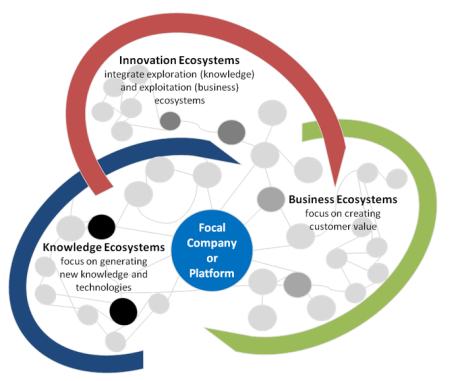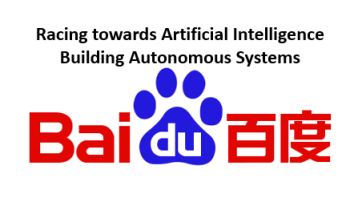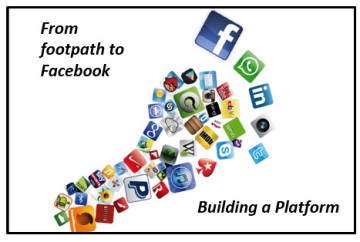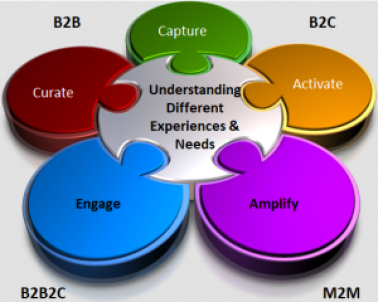 The platform has become essential for much of our social and direct engagements. The likes of Facebook, Amazon, Airbnb and many others are transforming much of our digital engagement for our social and private needs.
The platform has become essential for much of our social and direct engagements. The likes of Facebook, Amazon, Airbnb and many others are transforming much of our digital engagement for our social and private needs.
The lag has been connecting industry up, to the transforming value of ecosystems, to collaborate and build new value on co-developed platforms. There are some leading voices on this, determined to be the orchestrators- exploiting first mover advantage- who are heavily investing in the software and analytics to demonstrate value for not just themselves but drawing in lead customers to offer real, added ‘connected’ value.
I am watching three specifically in the digital industrial space of GE, Bosch and more recently Siemens as they build their ecosystems and offer their platforms as solutions into Industry.
These are among the growing voices on different aspects of innovation, connecting machines, data and new human understanding, of adding the new value or focusing on even more on the preventative aspects where industrial assets need to be constantly performing, as essential. For instance in aviation, power, energy, transport, and healthcare. They are at the forefront of reshaping entire industry dynamics. Continue reading
 Business is far from usual, it is transforming in front of our eyes. A business has to simply accept this is a changing world and business ecosystems are coming of age, perhaps adding more complexity but also to help bridge this transformation. The traditional silo mentality, the belief that your industry boundaries are immune to change and new challenges, is a grave mistake.
Business is far from usual, it is transforming in front of our eyes. A business has to simply accept this is a changing world and business ecosystems are coming of age, perhaps adding more complexity but also to help bridge this transformation. The traditional silo mentality, the belief that your industry boundaries are immune to change and new challenges, is a grave mistake.
 There seem to be multiple forces at work, ones that are reshaping how organizations are adjusting to a rapidly changing world, to operate within.
There seem to be multiple forces at work, ones that are reshaping how organizations are adjusting to a rapidly changing world, to operate within. We are told that the company with the most data will win. To get the real edge it is to have and train algorithms that interpret the intelligence and here you need to understand the value of AI (Artificial Intelligence).
We are told that the company with the most data will win. To get the real edge it is to have and train algorithms that interpret the intelligence and here you need to understand the value of AI (Artificial Intelligence). I’ve been interested in what constitutes a “platform” and how platforms spawn and nurture ecosystems for quite some time. We’ve been exploring these ideas in this blog over the last few months.
I’ve been interested in what constitutes a “platform” and how platforms spawn and nurture ecosystems for quite some time. We’ve been exploring these ideas in this blog over the last few months. I have put some focus back on the platforms recently, as this is becoming a real imperative to understand the whole meaning and implications of platforms, with the necessary management they require, so as to enable us to rethink different business models for the future.
I have put some focus back on the platforms recently, as this is becoming a real imperative to understand the whole meaning and implications of platforms, with the necessary management they require, so as to enable us to rethink different business models for the future. Many innovators are familiar with the concept of the
Many innovators are familiar with the concept of the  There are significant differences between the ecosystems we might consider. Let’s reflect a little here, some recap and explore some further thoughts.
There are significant differences between the ecosystems we might consider. Let’s reflect a little here, some recap and explore some further thoughts.